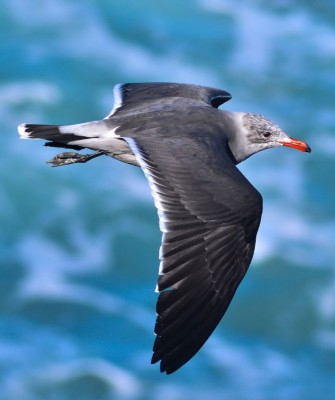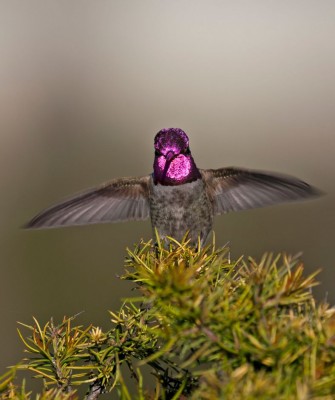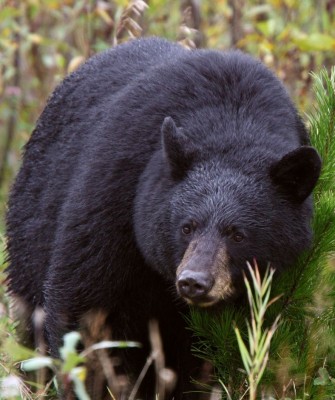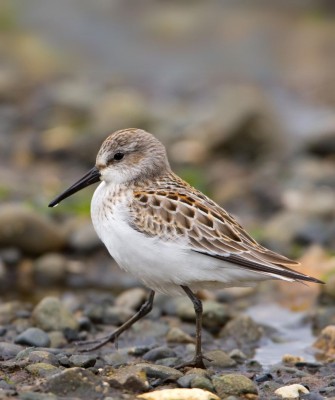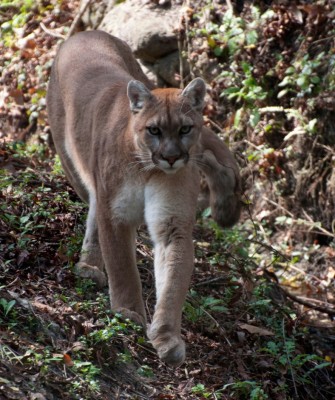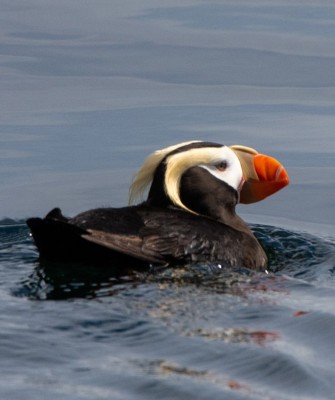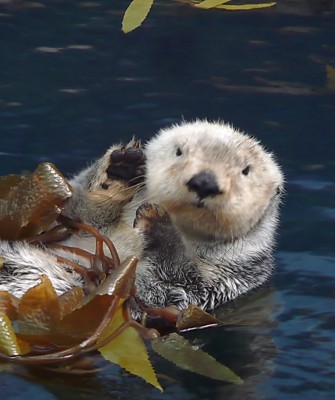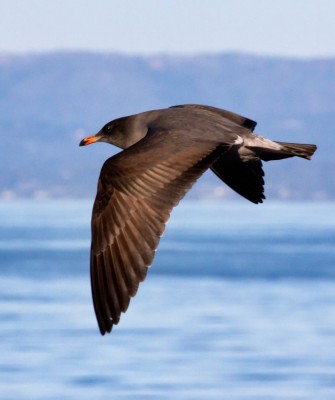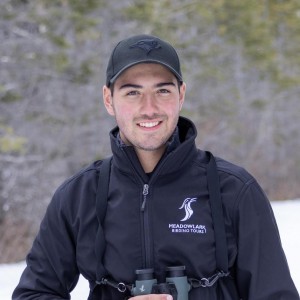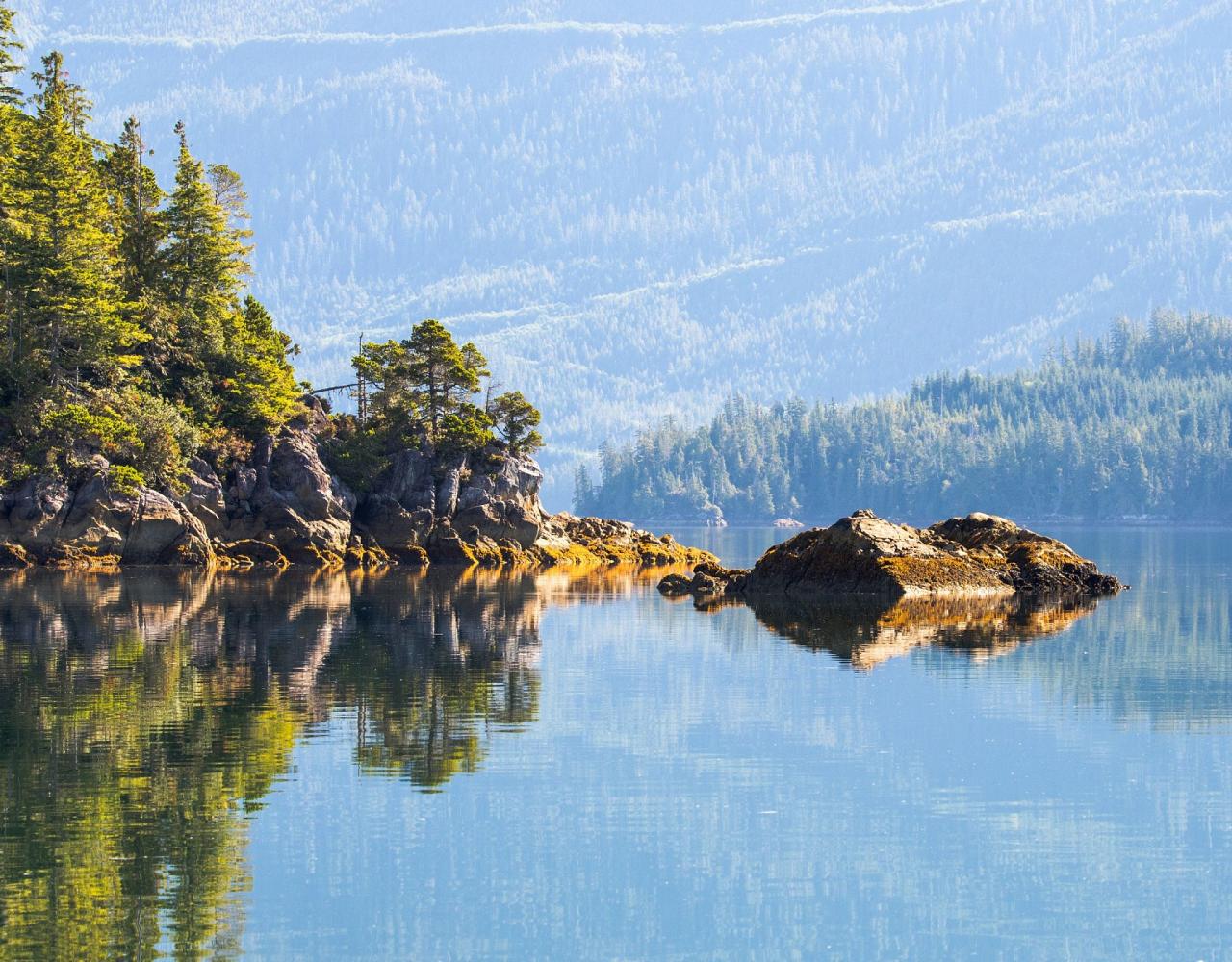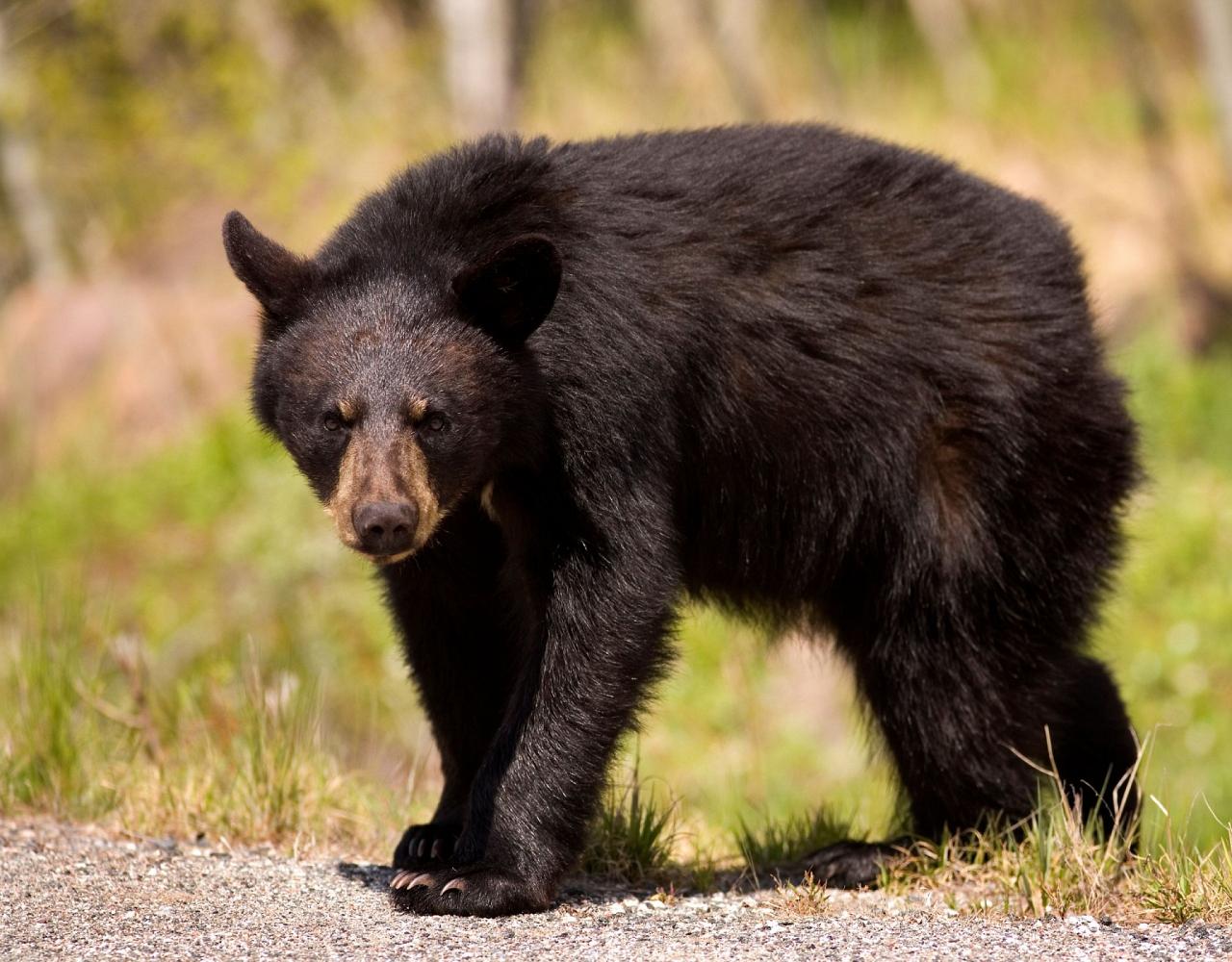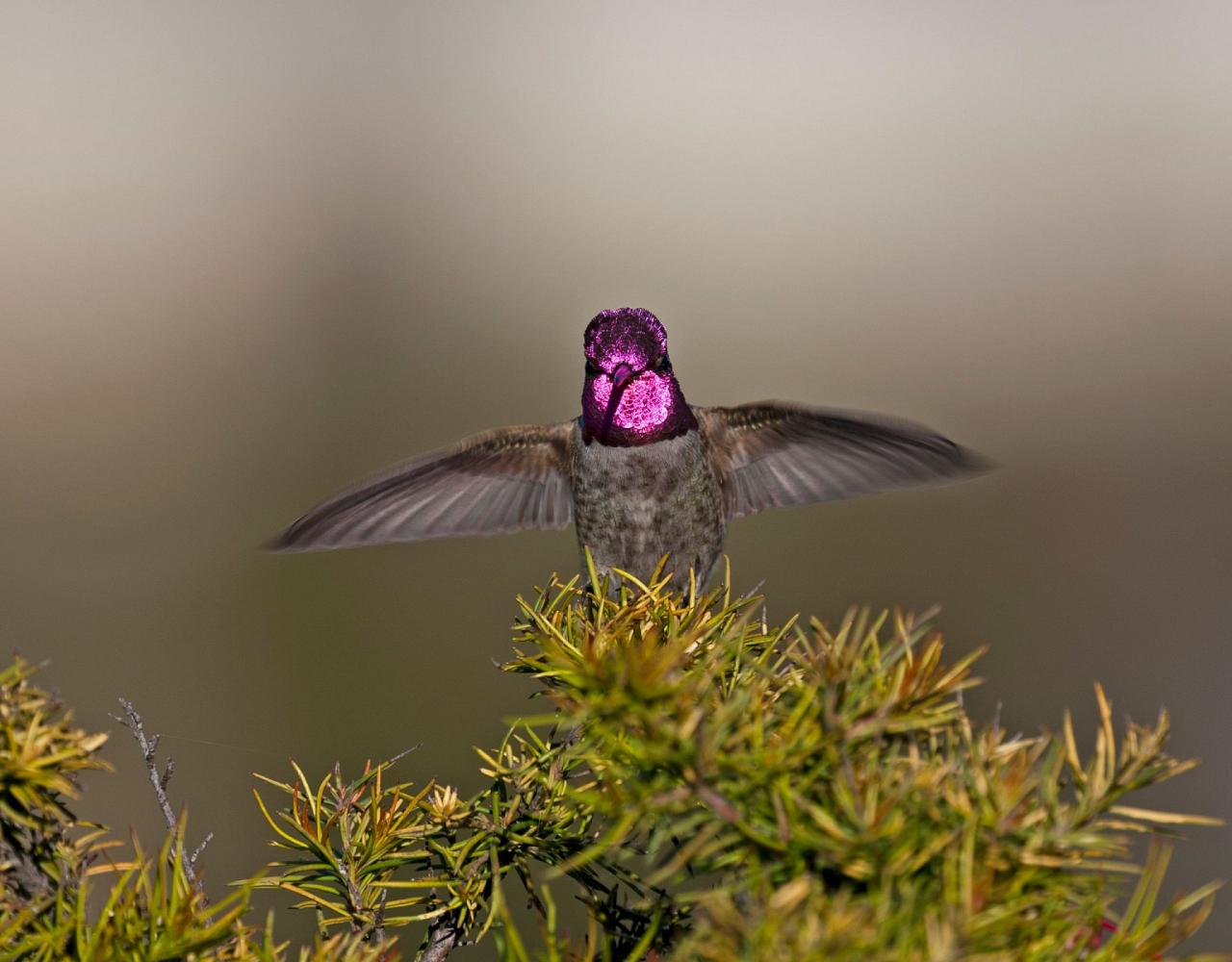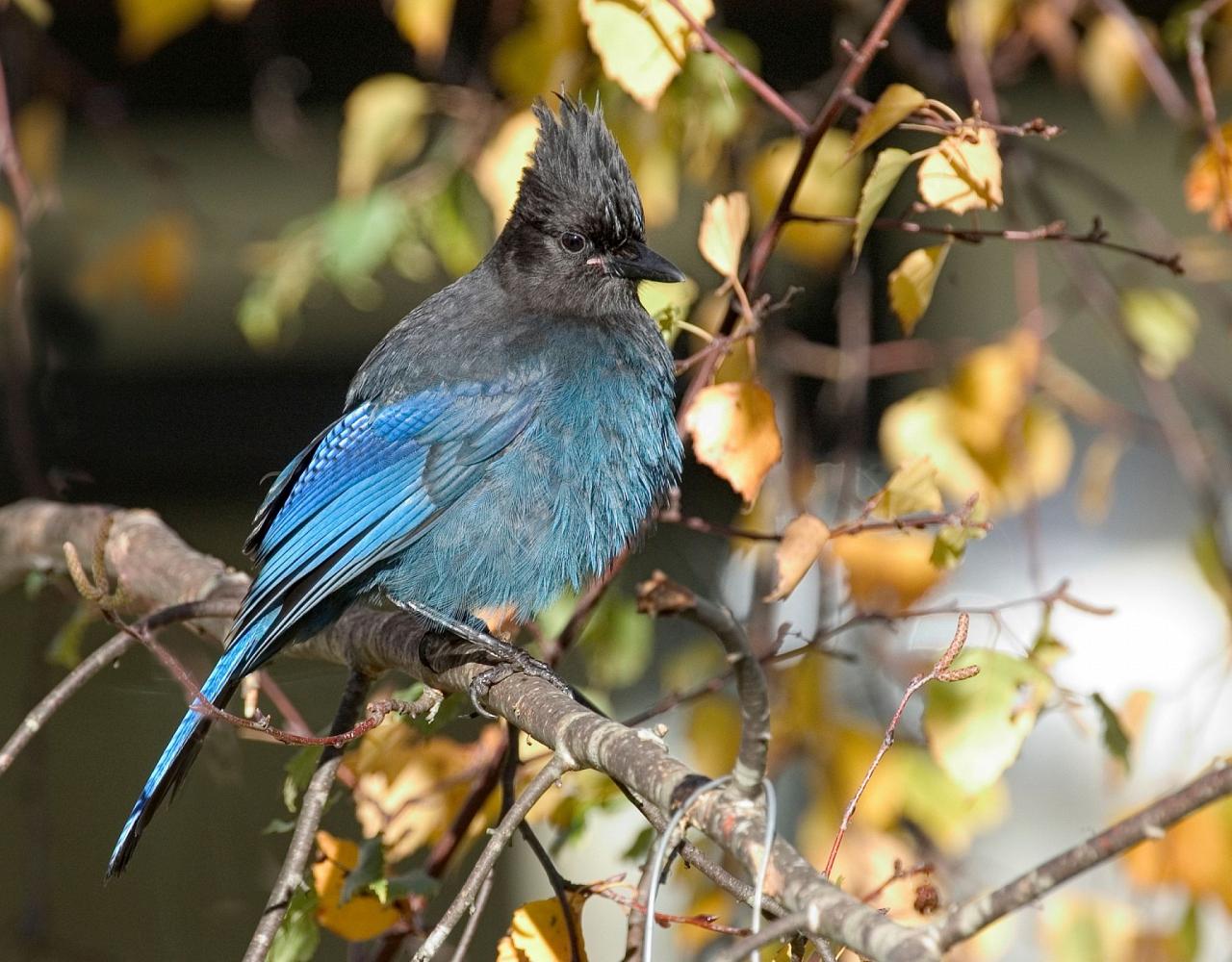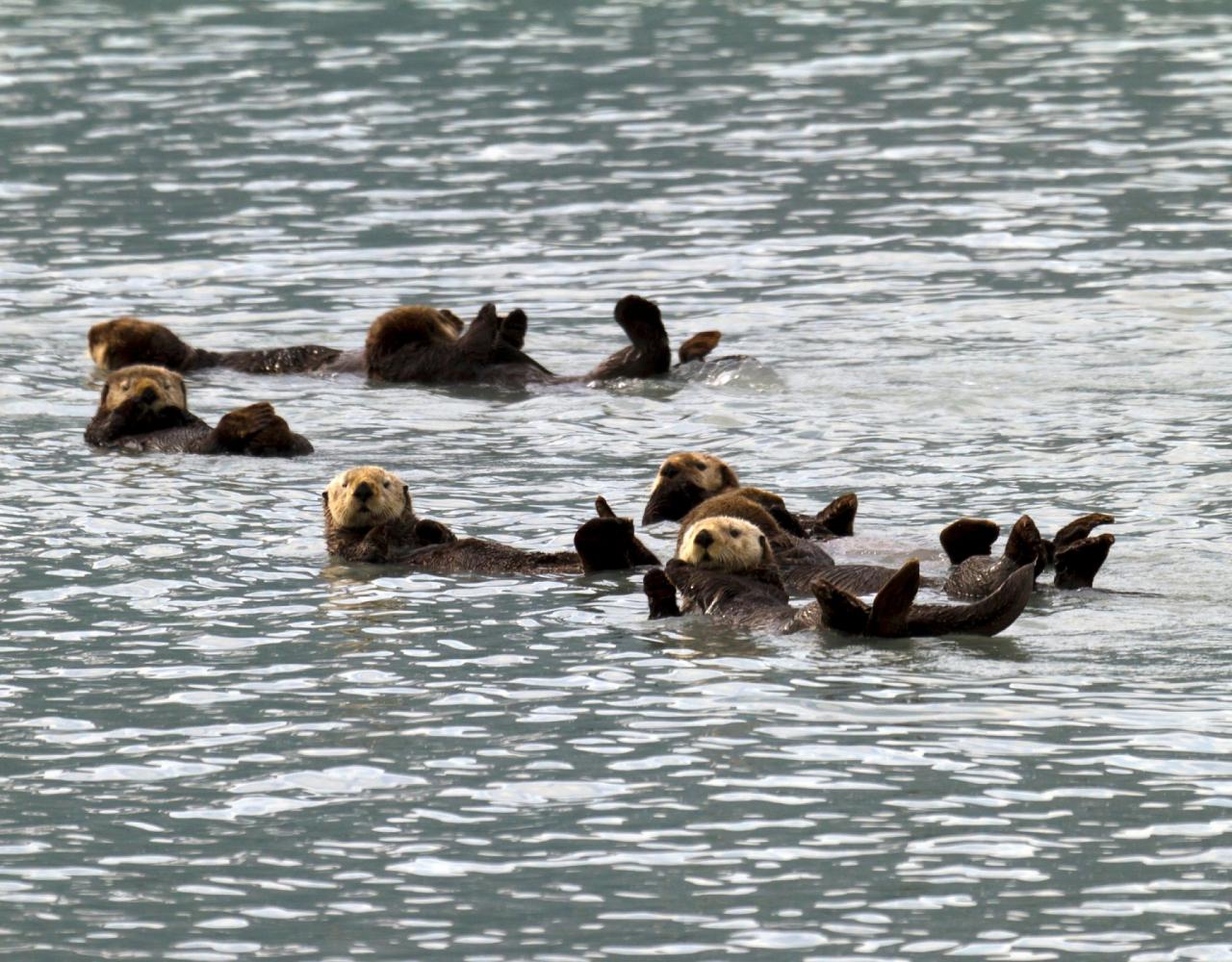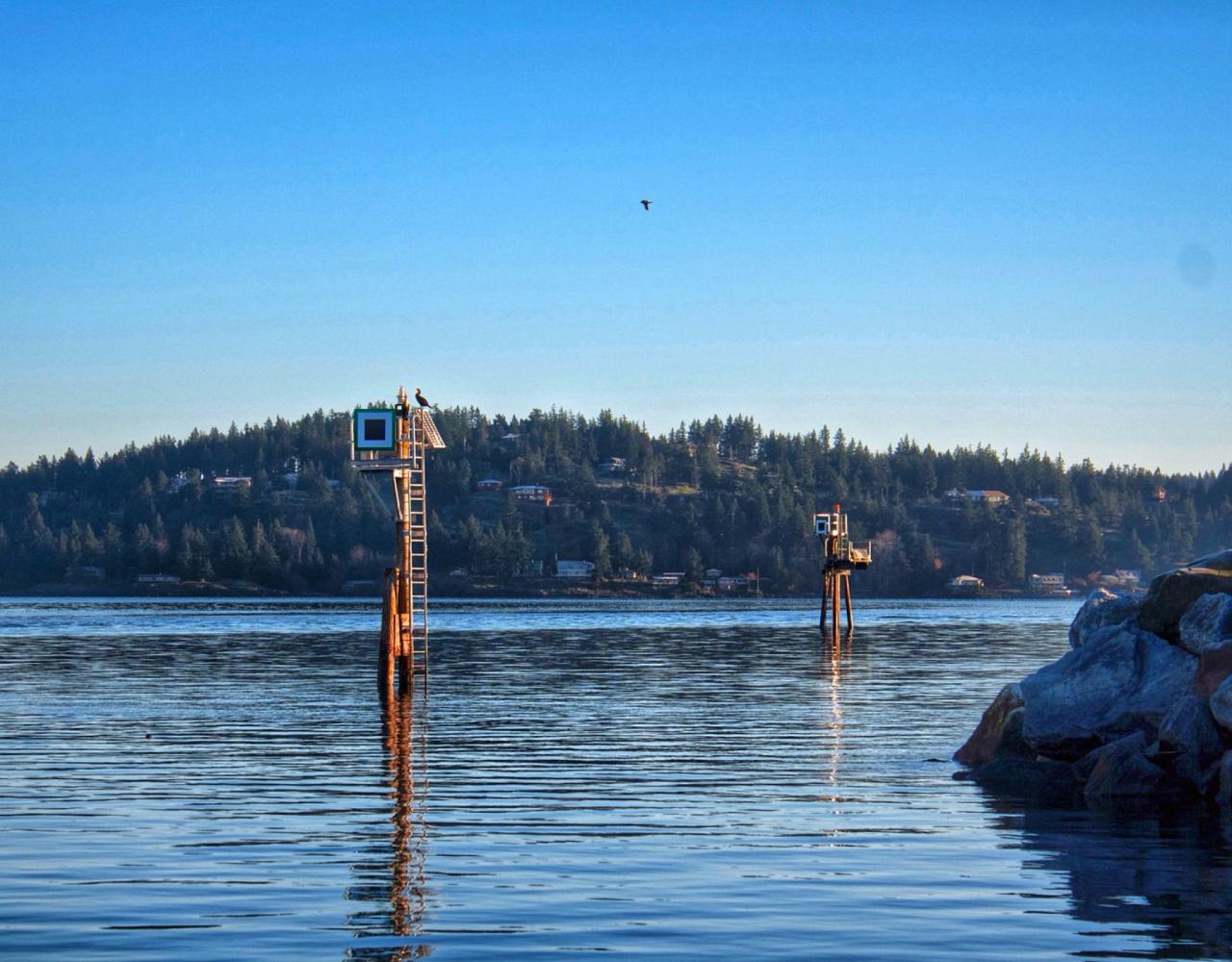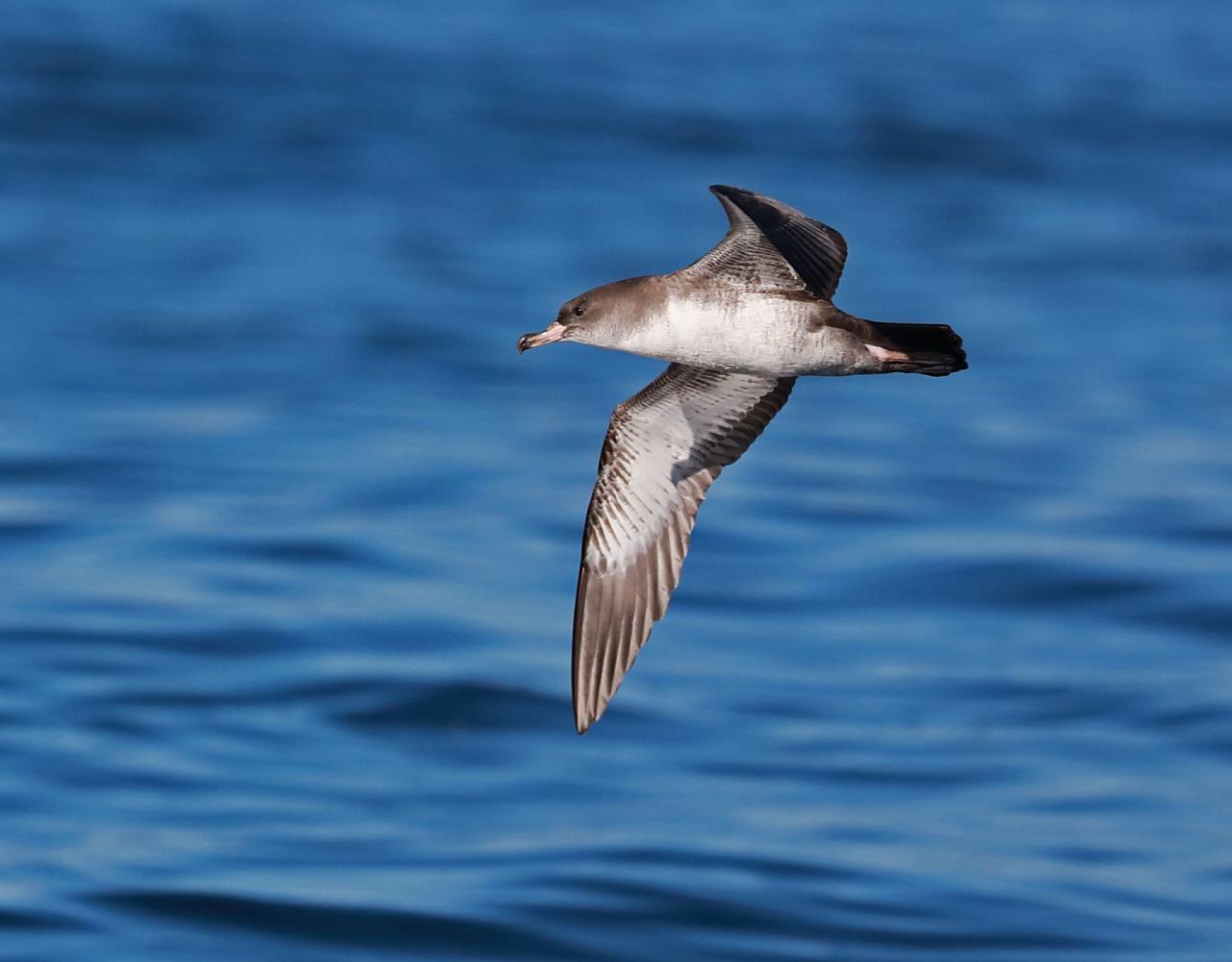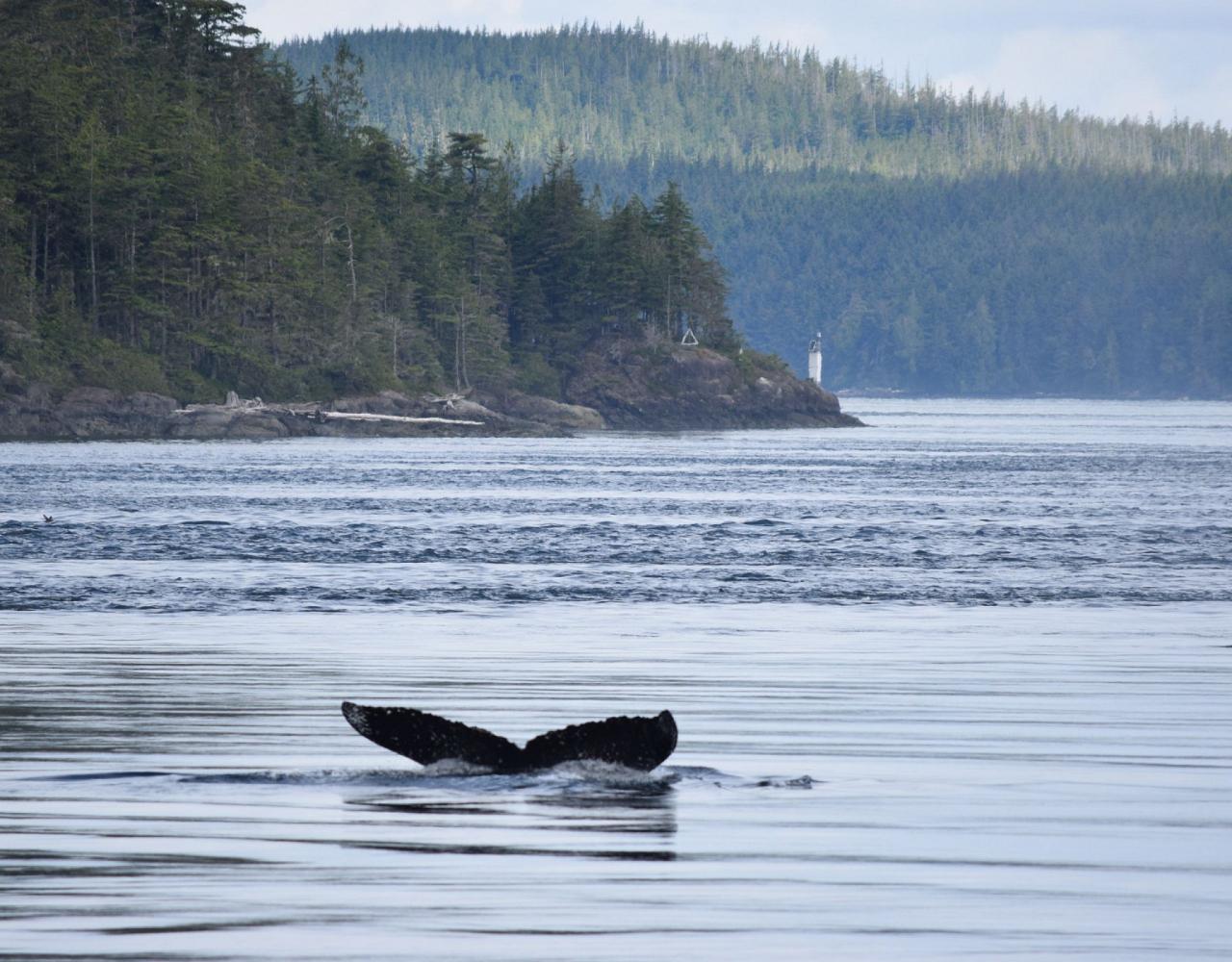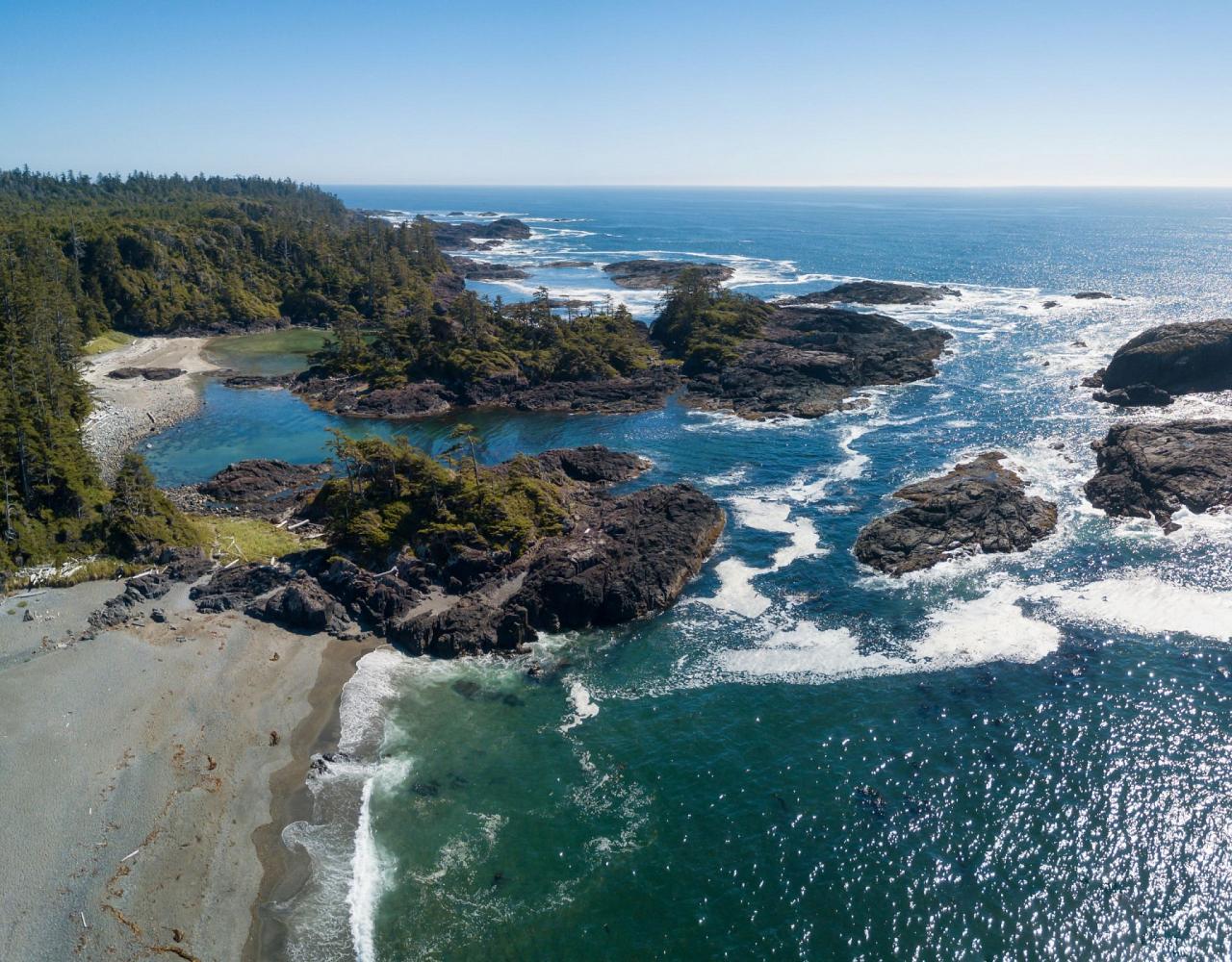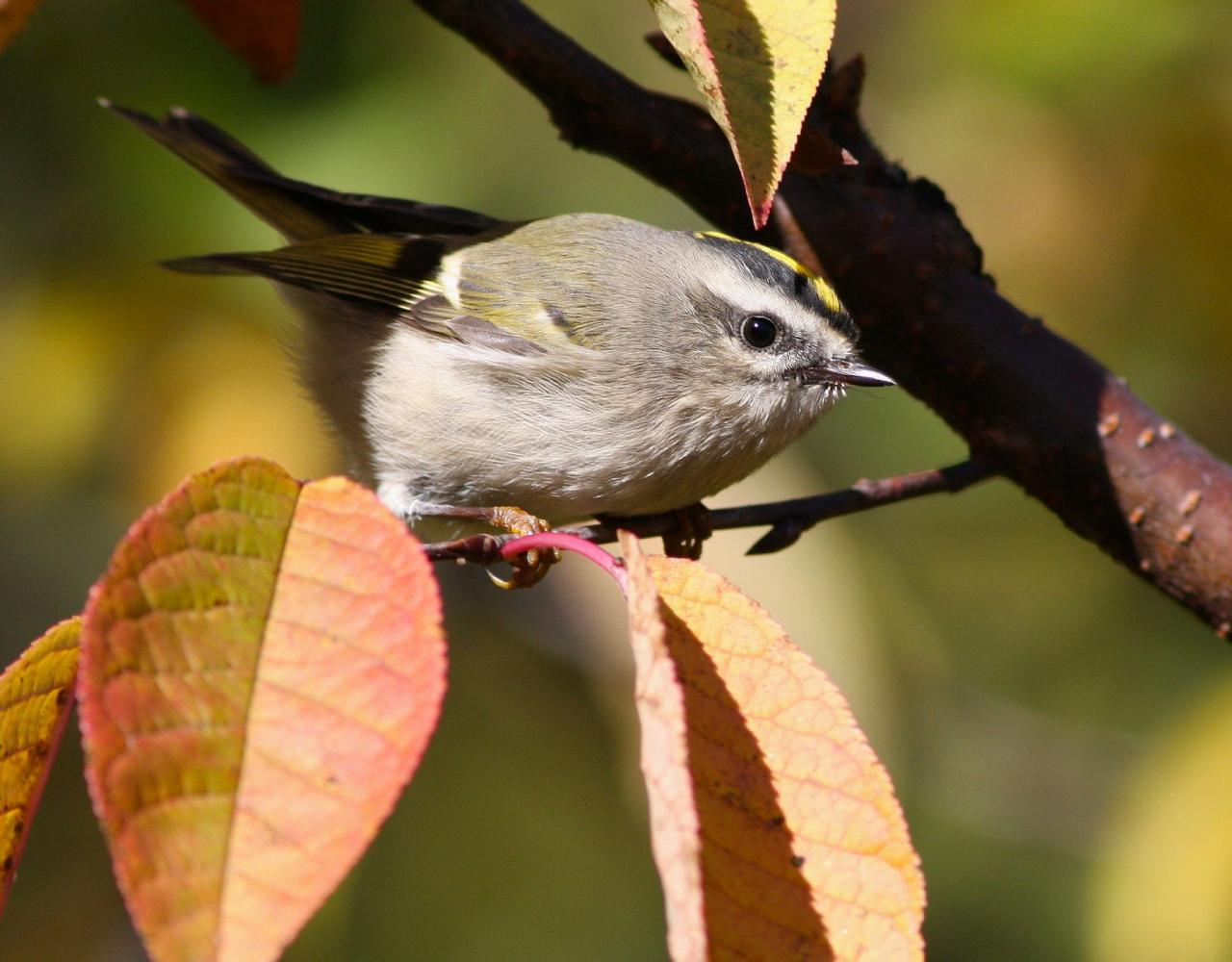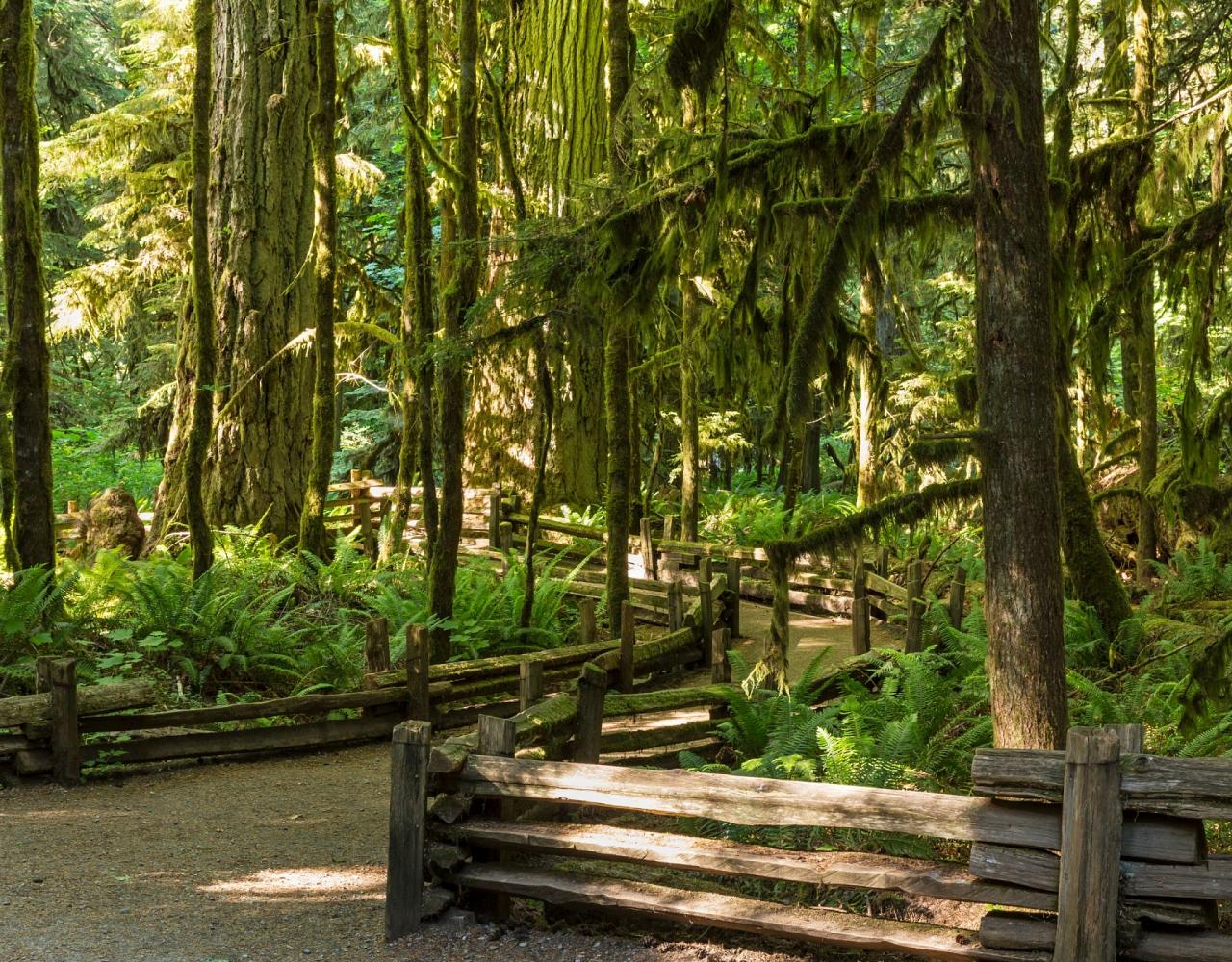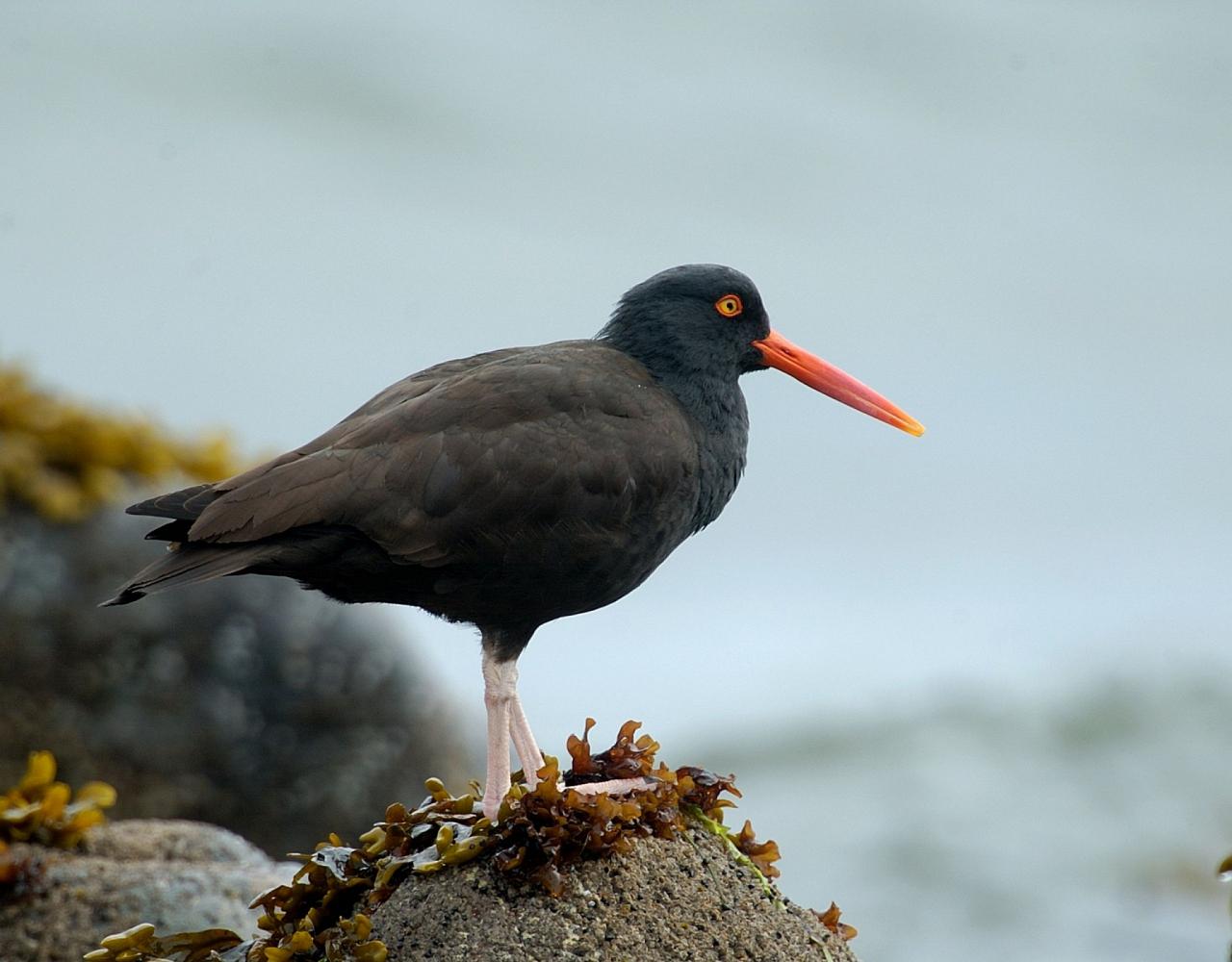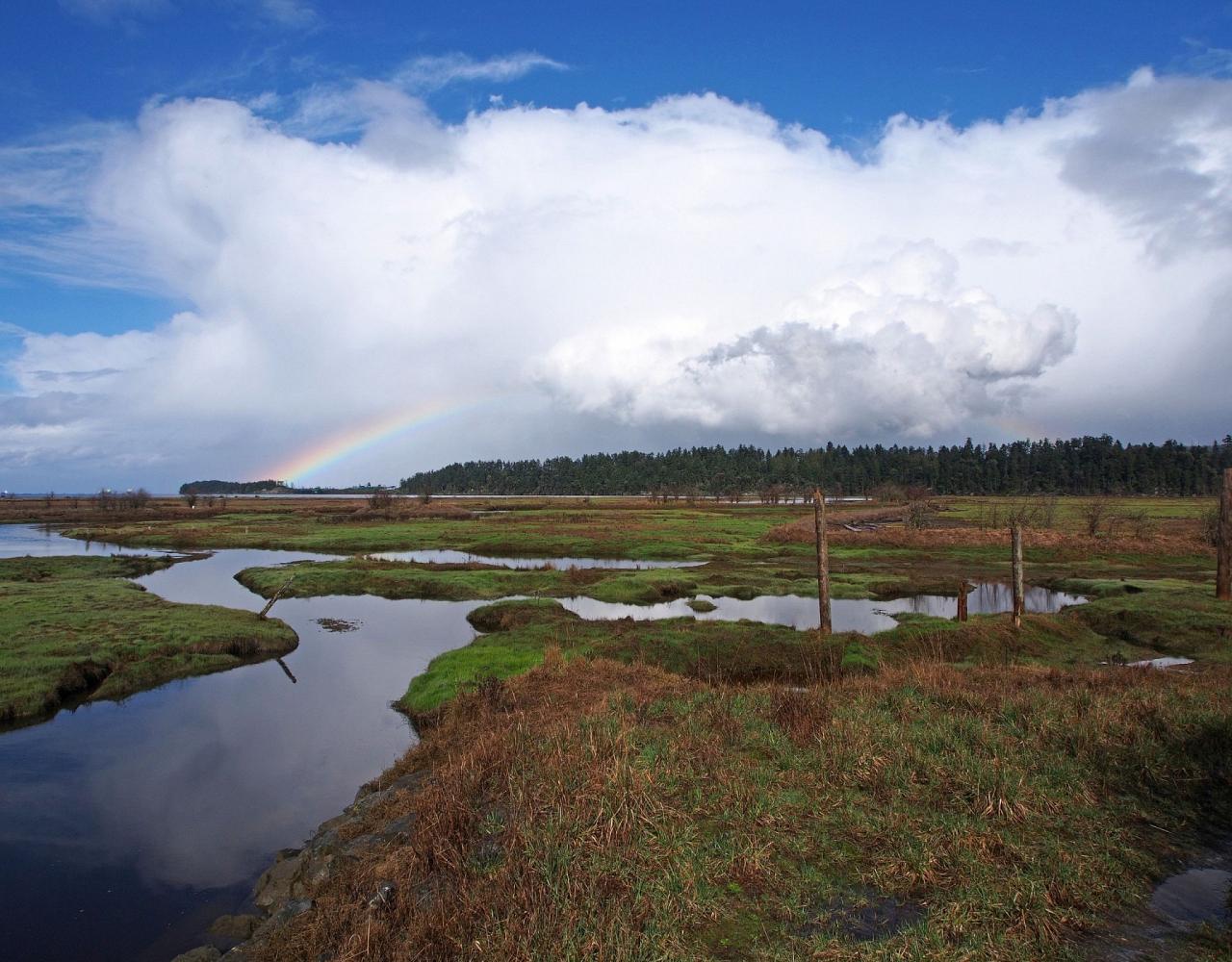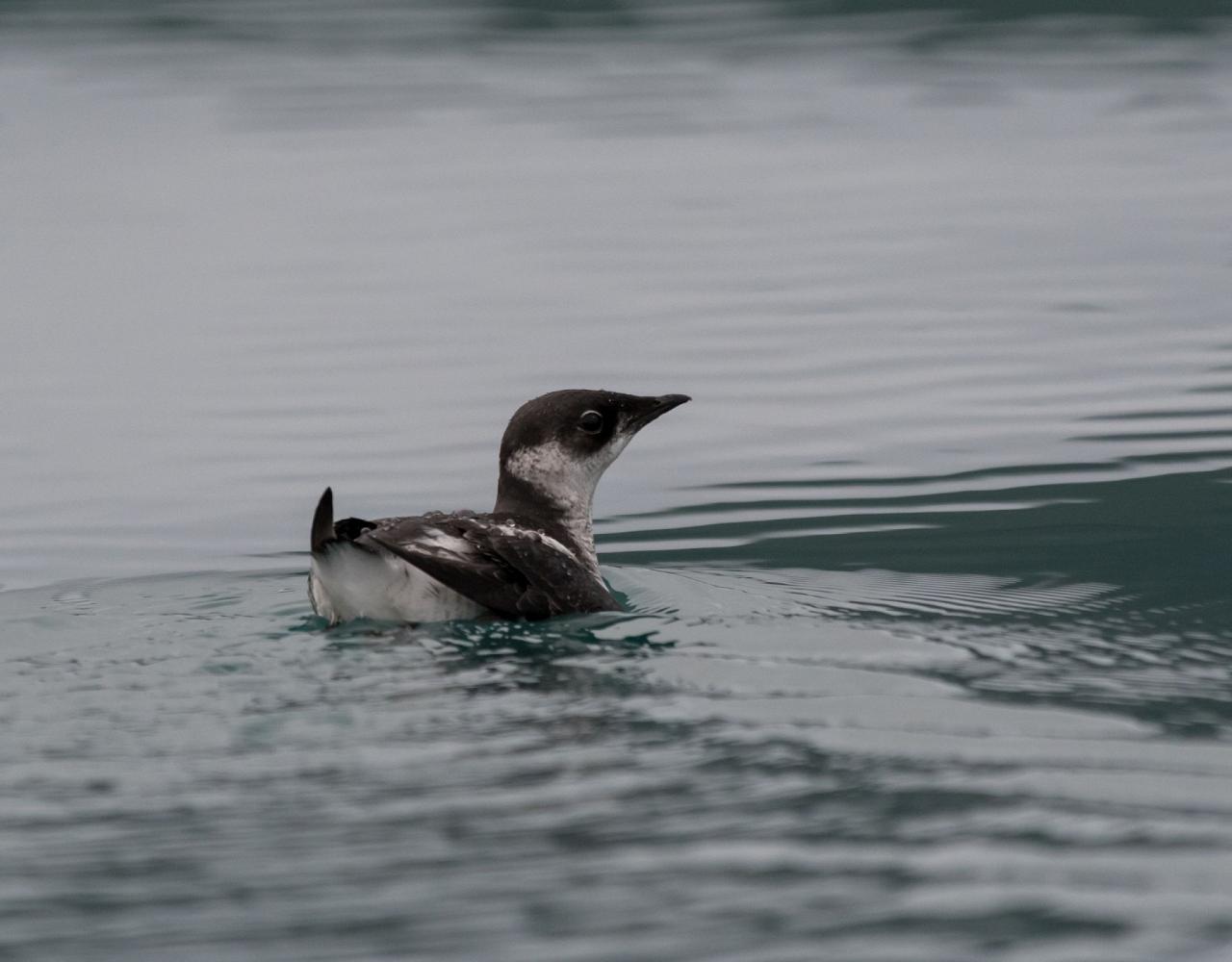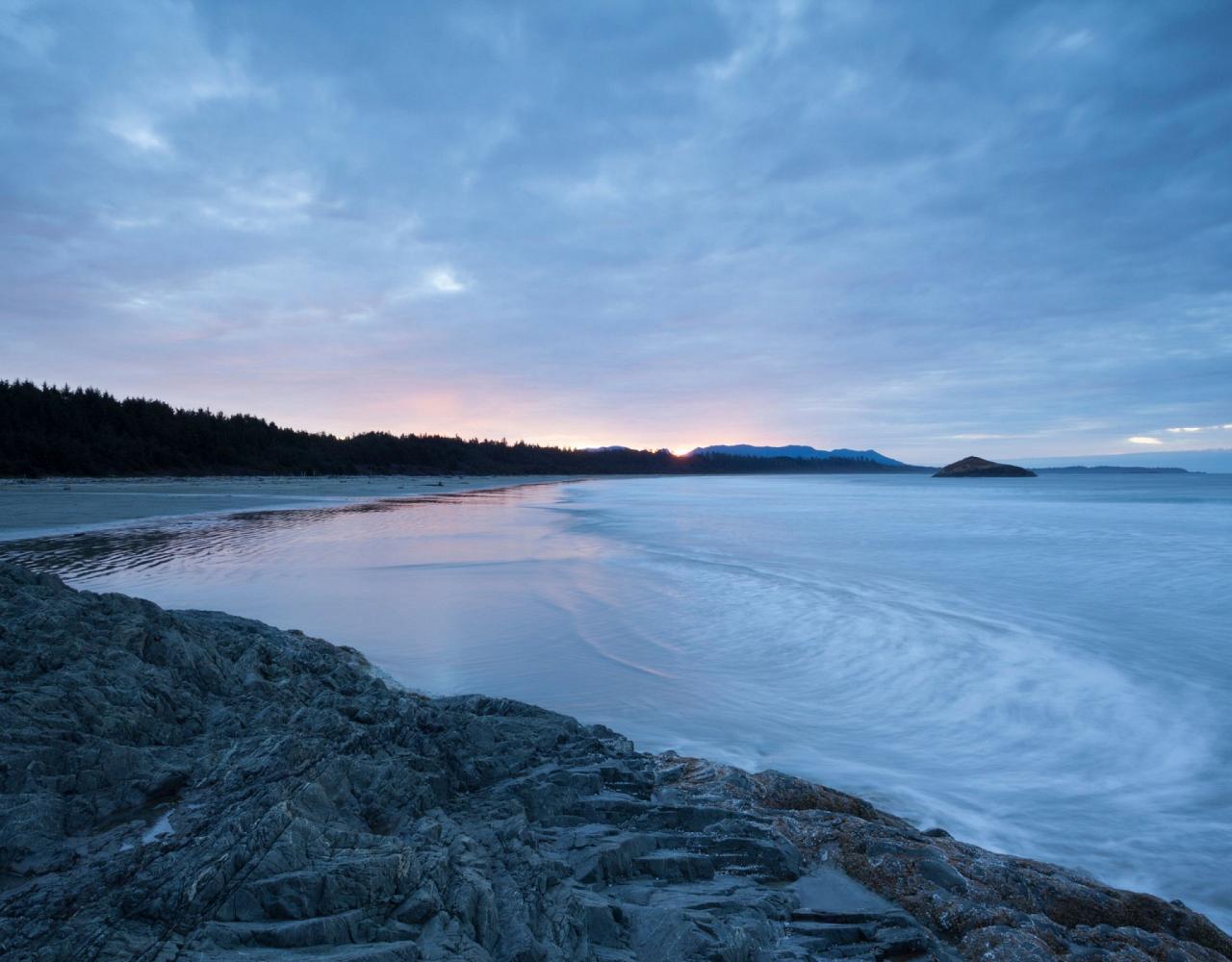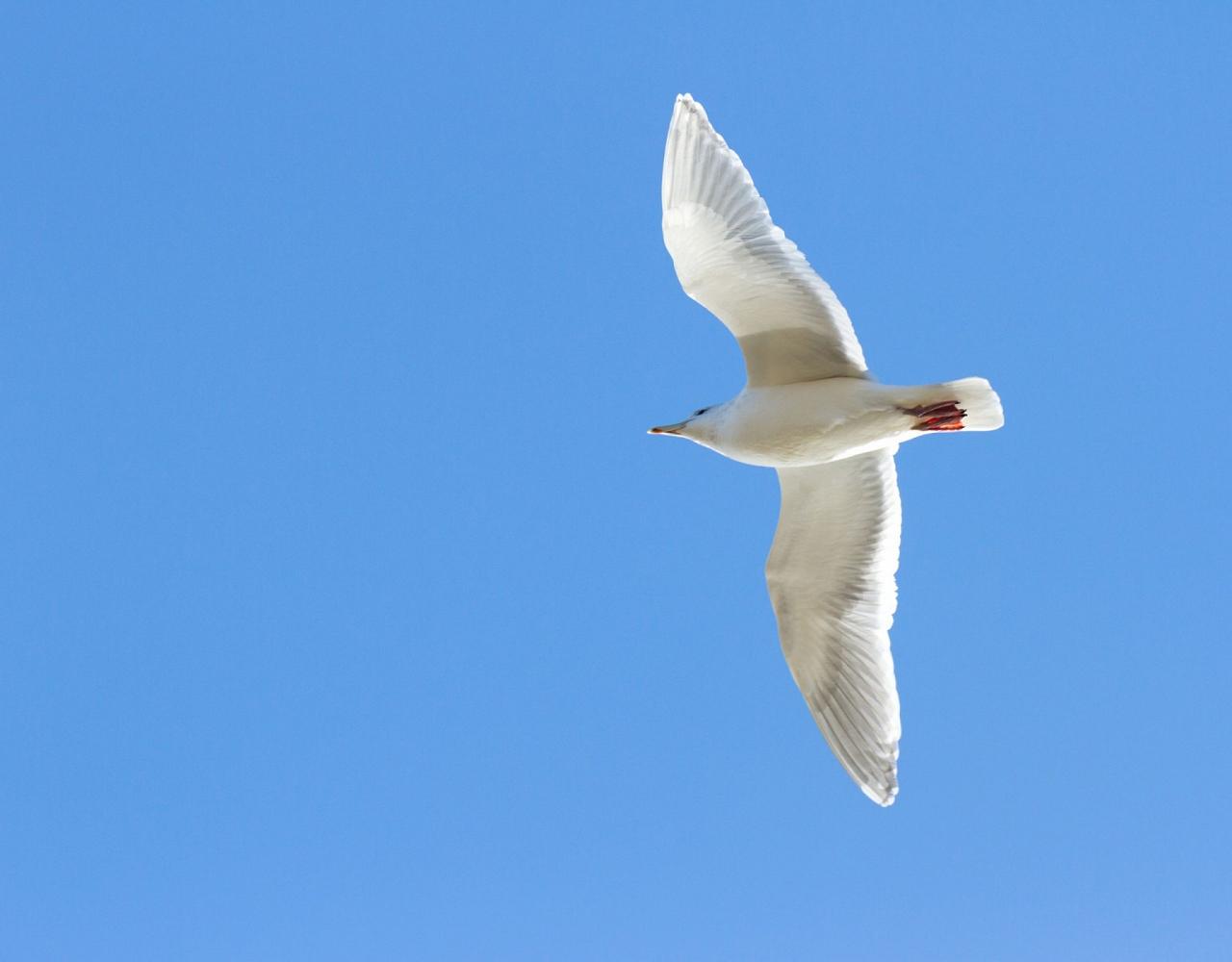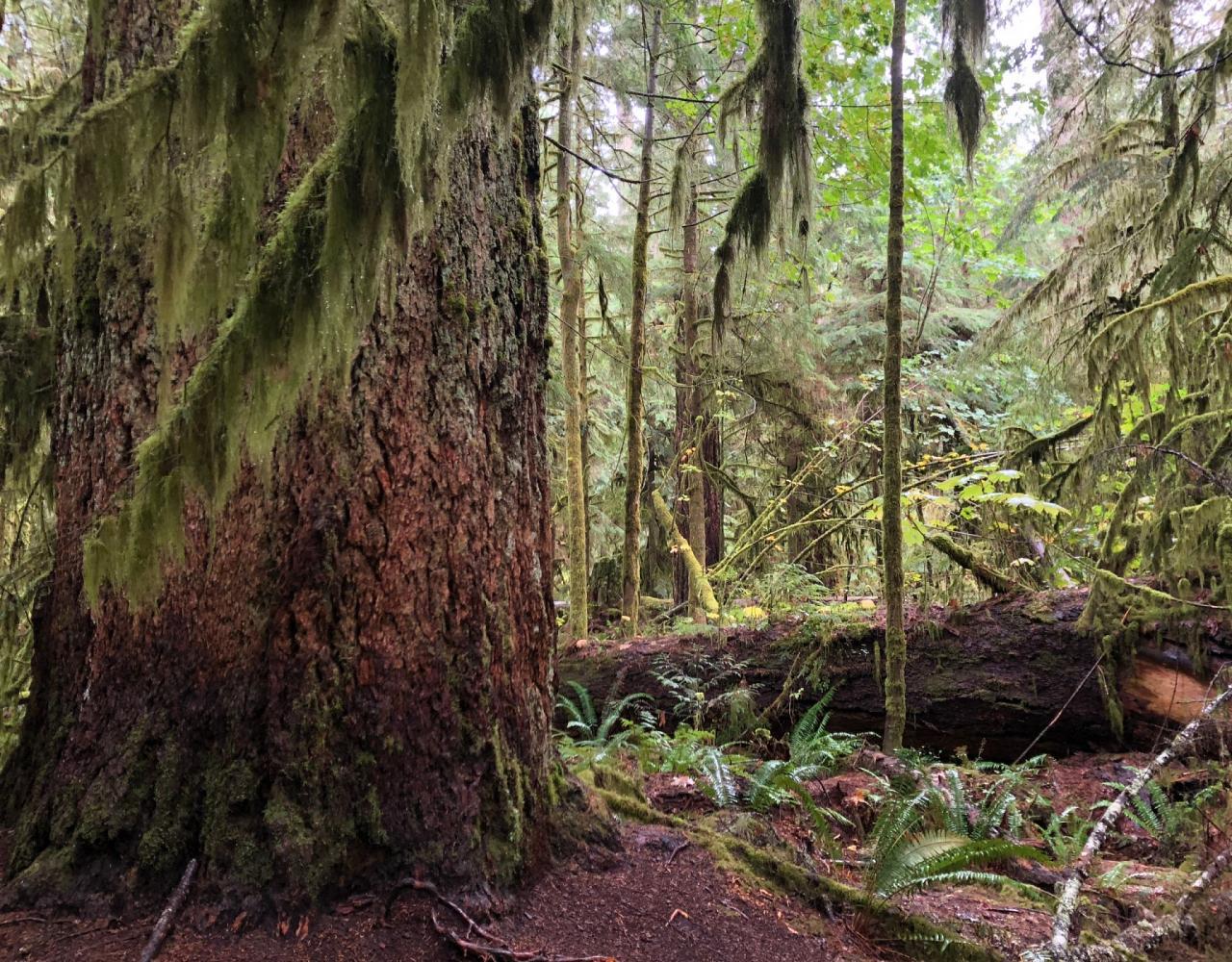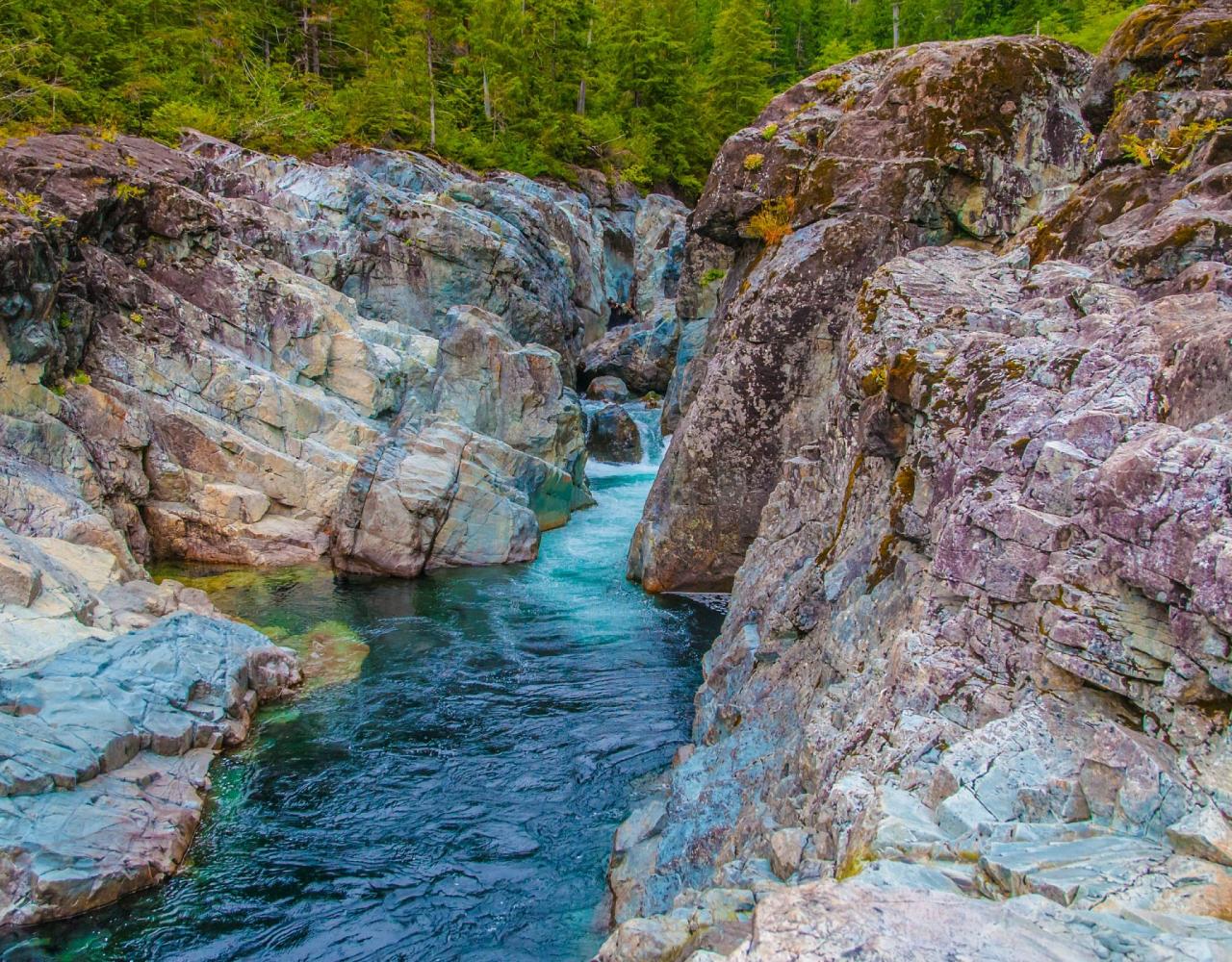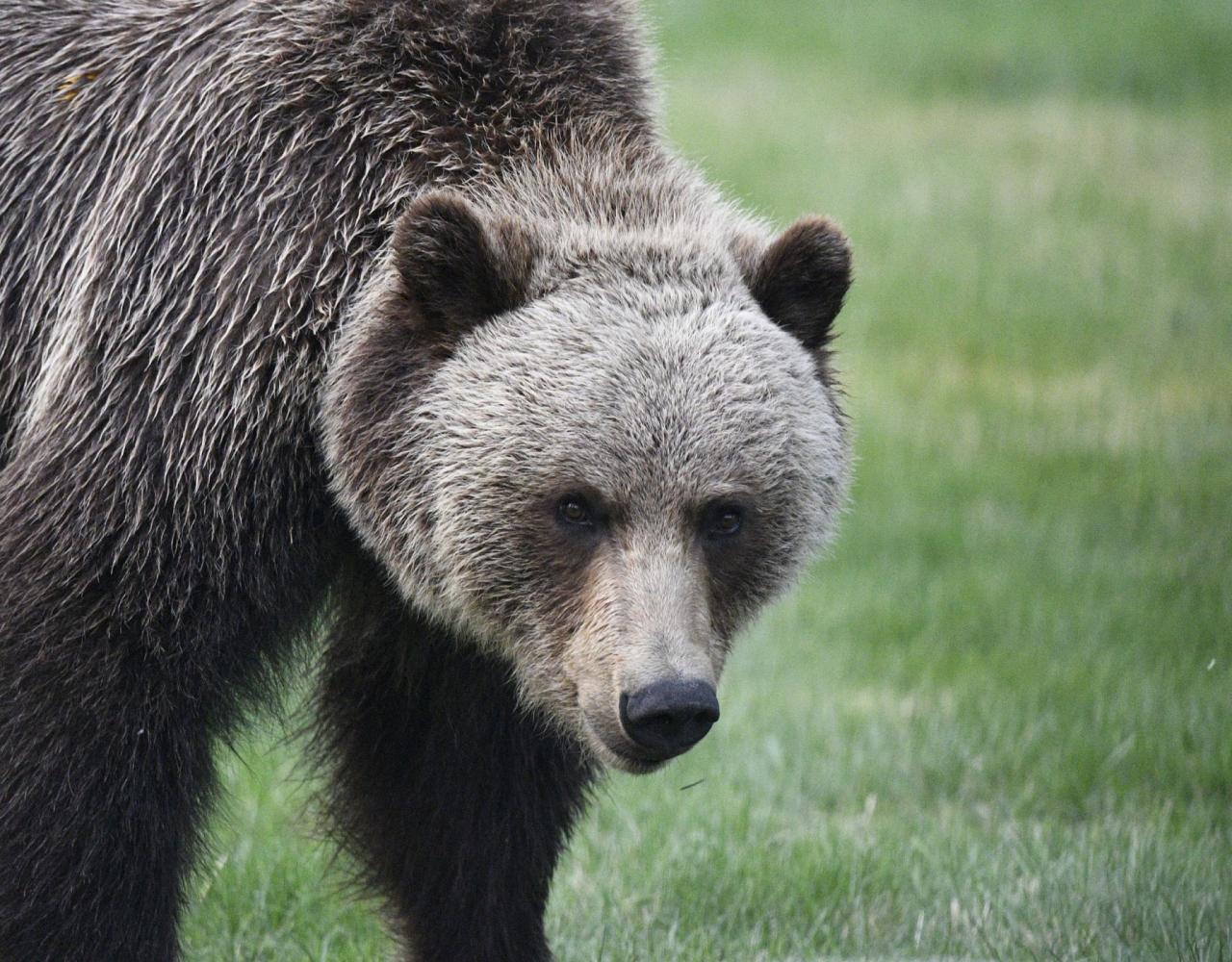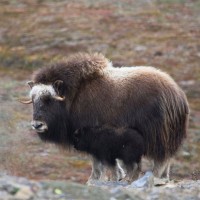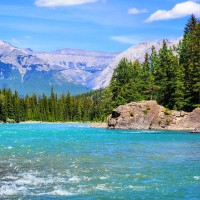This information is important for being prepared for your journey; we want you to have the best experience possible. If you only read one section, this one is key!
Ahead of Your Tour
- Make sure your passport is in good condition and at minimum is valid from the date of entry through your scheduled return to the U.S. See "Passports, Visas, & Documents" section below for details.
- No Visa is required for U.S. Citizens.
- Please check current CDC recommendations for travel to Canada and consult with your doctor about general travel vaccinations you should have as precaution for travel. See the “General Health and Inoculations” section below.
- Travel insurance in case of serious medical emergency is strongly recommended. Full health coverage and repatriation is available through Allianz Travel Insurance.
- Soft sided luggage/duffel bags are easiest for packing the vans. Pack essential medications in your carry-on luggage, as well as one day of clothing and optics in case of luggage delay.
Passports, Visas & Documents
Guidelines and regulations can change. It is always advisable to double-check the country’s documentation requirements 60-90 days ahead of traveling. Information for U.S. citizens can be found at https://travel.state.gov/content/travel/en/international-travel/International-Travel-Country-Information-Pages/Canada.html. If you are from another country, please contact the tour destination’s embassy website for guidelines.
Passport: At the time of writing, U.S. citizens must have a passport that is in good condition and at minimum is valid at the time of entry through your scheduled return to the U.S. Note: U.S. citizens can use a valid U.S. passport, passport card, or NEXUS card to enter Canada. We suggest at least 3 months validity beyond the end of the tour to allow for unexpected delays in return travel. Please check that expiration date! Your passport should have at least two blank visa pages free. The blank pages need to say “Visas” at the top. Pages marked “Amendments and Endorsements” will not be accepted.
Visa: No Visa is required to visit Canada if you are a U.S. citizen.
We advise that you bring your eContact list of hotels for use at immigration as well. It is always smart to check for possible changes to visa requirements 60-90 days prior to your tour departure.
As a precaution for lost or misplaced documents you carry on your person during travel, we highly recommend you keep hard and digital backup copies on your phone (either photo or PDF scan), as well as a hard copy left with your emergency contact at home. The recommended important documents to copy include but are not limited to; your passport ID page, the front and back of your credit card(s), the airline barcode on your luggage. This will greatly expedite getting new ones if necessary – we hope everyone will always keep travel documents close so that losing them will not be an issue.
General Health & Inoculations Information – Be Prepared!
Health requirements for entry to any country can change. It is always advisable to double-check the country’s health requirements and recommendations 60-90 days ahead of traveling. A helpful website for planning is the Centers for Disease Control and Prevention (CDC) website for Canada or by phone (800) CDC-INFO or (800) 232-4636.
We will share your health information with your guide. This information will be kept confidential but is very important as we want to be best prepared in case of medical emergency.
Vaccinations: Bring copies of your current vaccination records with you. Although at the time of writing, there are no required vaccinations to enter Canada, the Centers for Disease Control and Prevention (CDC) recommends that "most travelers" to Canada be up-to-date with routine and basic travel vaccines, including Hepatitis A and Typhoid. Please check with your doctor for recommendations at least 4-6 weeks before departing on your trip. He or she may recommend other preventative immunizations like DTaP (Diphtheria, Tetanus and Pertussis), which is recommended every 10 years.
Prescriptions: It is a good idea to pack any meds you take regularly in your carry-on luggage. Bring an extra pair of glasses or contact lenses. Bring an adequate supply of any prescription medications you use, a copy of the prescription and a list of generic names of your medicines as “back-up” in case it is necessary to purchase drugs while abroad. You’ll want to keep medications in their original, labeled containers.
Allergies: To be prepared for environmental triggers to allergies or breathing difficulties, please bring your allergy and/or asthma medication(s). If you have severe allergies talk to your doctor about carrying an EPI pen and notify your guides. It is also recommended to carry with you an up-to-date record of known allergies, chronic medical problems and Medic Alerts so that, if necessary, emergency treatment can be carried out without endangering your health.
Common Ailments: We recommend that you bring a travel-sized first aid kit and a supply of standard over-the-counter medications for prevention or treatment of common ailments (such as diarrhea, constipation, stomach upset, cough, congestion, head or body aches, motion sickness, insect bites and sunburn); as well as ointments, moisturizer, sunscreen, oral rehydration salts, band-aids, moleskin for blisters, cotton swabs, nail clippers, and tweezers, etc.
Altitude illness: If high altitude will be encountered on your trip, it can affect some and, if there is a concern, be prepared. The most general symptoms are headache and occasionally fatigue and dizziness. You’ll want to take it easy, particularly at first. The likelihood of these symptoms can be reduced by resting, drinking plenty of water, avoiding alcohol and taking aspirin. If you have worries about the altitude, ask your physician about medications (such as Diamox) that may be right for you. For more information, see https://www.cdc.gov/yellow-book/hcp/environmental-hazards-risks/high-altitude-travel-and-altitude-illness.html.
Weather & Climate
September travelers can expect mild weather. This is generally one of the driest months and temperatures average in the mid-60s°F, with lows in the 40s to mid 50s°F. Make sure to pack layers for chilly mornings and evenings.
Annoyances & Hazards
Mosquitoes can occur in the forests; therefore, a supply of insect repellent containing DEET or picaridin is recommended.
Food & Drinks
Meals will offer a variety of local and international cuisine. Menus at the lodges are varied and are sustainably based on the wonderful local ingredients available.
Bottled water will be available for field trips and drinking water is provided for you to refill a bottle. One of the many ways we strive to do our part for the environment is by trying to reduce our consumption of plastics; if convenient we appreciate if you can bring reusable water bottles.
Packing, Clothing & Laundry
Please pack light! We are serious about this – we move around a lot; you just do not need much to cope with tropical life! Please do not bring anything more than you must.
Pack using soft-sided luggage, if at all possible, with ID tags inside and out. Please reconfirm your airline’s baggage weight and size restrictions about a week or so before departure.
TRAVEL TIP: Imagine NOT getting your suitcase. Wear your most important shoes for the field and have one day’s clothing change (including a change of underwear!). And please, DO NOT pack any essential medications or vital optics (i.e. glasses, binoculars) in your checked luggage!
Dress is comfortable and informal throughout the trip. While some people will change for dinner, it is usually just to a drier or cleaner version of what they wore during the day. Dressing in layers is the best way to be comfortable in varying weather conditions throughout any given day. See the "Weather & Climate" section under "Essential Information" for general seasonal climate info for the date of this tour. Choose clothing you don’t mind getting dirty or muddy and things that are comfortable and easy to launder and dry out. Consider packing cotton garments for very humid days.
Laundry services can be arranged at some of our hotels, those where you have multiple nights. But be prepared to hand launder if you need to.
See “Packing List” tab for detailed information regarding this tour and further recommendations.
Spending Money
The Canadian dollar is the official currency in Canada. For the current exchange rate, please refer to online converter tool like www.xe.com, or your bank. We advise you carry a mix of different types of payments, such as the cash, an ATM card, and a credit card.
You can always carry U.S. dollars and exchange while in Canada. Some hotels, large post offices, and money exchange offices can exchange cash. You’ll need your passport and your money must be new (2004 or newer) and in good condition (no rips or tears). Each exchange method will involve a fee, so it’s a good idea to ask beforehand.
The easiest way to withdraw Canadian dollars is from a local ATM. ATMs will give you a better rate on changing money. Canada ATMs are quite common throughout British Columbia. The ATM will give you local money and your bank will convert that into US Dollars. Many banks charge a fee of $1 - $5 each time you use a foreign ATM. Others may charge you a percentage of the amount you withdraw. Check with your bank before departure. You must become familiar with how to use your ATM card and PIN number ahead of the journey.
Credit cards are widely accepted. We suggest you have more than one card available. You may want to bring more than one brand of card (one Visa, and one MasterCard), if possible. Not every shop will accept every card. Some machines are set up for both, while some will only service one or the other. Also, we recommend that you advise your bank or credit card company that you will be traveling to Canada to avoid questions, card freezes, or charges. If you have a choice of cards, bring one with no foreign exchange fees.
Traveler’s checks are not widely accepted. They can be difficult to exchange. We do not advise you use them.
Many people ask how much money to plan to bring for spending money. Part of that depends on how much you want to shop. Cash is also handy for your drinks from the bar.
Gratuities
We hope that you will be pleased with all professional services offered on this tour. All tips, with the exception of your NJ guide (optional) and local guide, are included in the cost of this tour (this includes tips for your driver, lodge and staff, day activities, meals and other services).
Tipping to show your appreciation to your guide(s) is entirely at your discretion and should reflect your level of satisfaction of the service provided. If you wish to offer a tip, know that they appreciate anything you care to give. Of course, you are welcome to give more in recognition of exceptional service.
Here is a guideline for tipping your guide(s):
- Birding tour guide(s): US $10.00 - $15.00 per day, per guest. Note: If there is more than one guide, this can be split among them.
*Please note that these suggested tips are quoted in U.S. Dollars. You will want to convert and tip in local currency.
Cell Phones & Internet Service
Your guide is well connected and can help if any urgent communication need arises. However, it is highly recommended that you travel with a CELL PHONE, if only as a precaution for the unfortunate occurrence of a medical emergency during an outing and needing swift accessibility to critical personal or medical contacts.
Cell phone service is widely available in Canada. Wi-Fi is available at our hotels and lodges. Some available Wi-Fi services there may have fees, and these are determined by how much data you use, so be aware of that if people are sending you photos, etc. There are free apps available on smart phones (WhatsApp, Viber, Skype) that offer free international calls and texts, and you may want to research this ahead of time. Make sure when you do not want to use your cell phone that you turn off your cellular data, or you could incur huge charges if you are not on Wi-Fi.
Please refrain from taking or making cell phone calls in the vehicles when traveling with other passengers, unless it appears to be an emergency. This disrupts other guests, plan on cell phone call use on your own time.
Electricity
Outlets and electricity in Canada is the same as the U.S.
Time
Vancouver Island is on Pacific Daylight Time (PST). A great website if you want to tell someone to check ahead of calling you is www.timeanddate.com.
Questions?
Please contact Naturalist Journeys by email at clientservices@naturalistjourneys.com or telephone us toll free at (866) 900-1146 if you have any questions. Many thanks for traveling with us and we hope you enjoy your journey!
Pace of the Tour & What to Expect
You will receive a Schedule-at-a-Glance and list of hotels (our eContact List) a few weeks before your departure. This will serve as an outline for each day and alert you to any recent changes made in the schedule or to our hotels, if needed.
Our journeys are set up to follow the rhythm of nature. Our focus is on birding and nature; we offer full, well-planned field days and often get up early for that magical time around dawn. We generally follow the published itinerary, but we stay flexible to the weather, wildlife opportunities and the interests of the group. Your guide will keep you apprised of the next day’s schedule at each evening meal, noting what to bring and what to prepare for. Questions and/or concerns are welcome.
The pace of our Naturalist Journeys tours is moderate; to fully participate you should be able to get in and out of vehicles several times a day, and walk 1-3 miles over uneven terrain. It is important to participate with a flexible attitude as adjustments may be made in our schedule to make the most of our time in the field or for other purposes at your guide's discretion. We are not a “listing” bird company that drills down on target species, but at times we do wait for those special species unique to the places we visit. During the day, we take time to stop for photos and for educational opportunities to learn about conservation projects, landscapes, and geology. We appreciate other taxa as well as birds, with mammals often the biggest draw but plants and butterflies are also very popular. Our clients often lend their own expertise to the mix.
We like to make meals a fun and memorable part of the experience, too. Breakfasts are often at hotels, and we carry snacks, fruit, and water in the vans each day. Lunches are a mix of picnics in the field (weather dependent) and a chance to dine with locals at small cafes and restaurants. For dinner, we pride ourselves in our homework to keep up with the best choices for dining, choosing restaurants with atmosphere that specialize in local foods. On occasion we keep dinner simple to go back out in the field for sunset wildlife viewing or night walks. In some remote locations, our choices are limited. If you are tired, room service for dinner may be an option you can choose.
Naturalist Journeys International Trips: Guide Role
Naturalist Journeys supports ecotourism and the development of excellent local guides. Once we know our international partners and guides well, we can send out small groups working directly with these trusted partners, adding a Naturalist Journeys guide to assist the local expert when we have a group of 6-7 or more. This helps us keep your costs down while retaining tour quality. The local guide is your main guide. You can expect your Naturalist Journeys guide to be well-researched and often they are experienced in the destination, but their role is not to be primary, it is to help to organize logistics, help you find birds, mammals, and interesting other species in the field, keep reports, help facilitate group interactions, and to keep the trip within Naturalist Journeys' style. Local guides live in the countries we travel to, know the destinations intimately, and are often the strongest force for conservation in their countries. They open many doors for us to have a rich experience.
Smoking
Smoking is not permitted in any vehicle or in any situation where the group is participating in an activity together, such as a vehicle excursion or a guided walk. Please respect all designated smoking areas at hotels and restaurants.
Transportation
As a courtesy to each other, we ask that all travelers please rotate seating. On international trips we may all be in one small bus, on some trips we are in vans, particularly the roomy Sprinter Vans when available. Some areas require us to be in smaller 4-wheel drive or safari vehicles. Rotation allows you to sit with different drivers and alternate front and back seating.
Photo Release & Sharing
We take many group photos and will share photos with the group. And after your tour, we will organize a chance to share photos via Dropbox or Google Photos. Please note that this is our policy and if you prefer to be excluded, we need to know ahead of your tour.
By registering for this tour, you agree to grant to Naturalist Journeys and its authorized representatives’ permission to record on photography film and/or video, pictures of my participation in the tour. You further agree that any or all of the material photographed may be used, in any form, as part of any future publications, brochure, or other printed materials used to promote Naturalist Journeys, and further that such use shall be without payment of fees, royalties, special credit or other compensation.
Travel Insurance
You are traveling in remote areas. Naturalist Journeys strongly recommends you have full medical and evacuation insurance from a company such as Allianz, for all international travel. If you do not have medical coverage or evacuation coverage on your existing travel insurance policy or for some reason elected not to take that out, we advise getting an evacuation plan with Global Rescue, World Nomads, Medjet, Allianz (they can do evacuation only) or a similar company. These plans are typically $300-$400 for a year for multiple destinations. This coverage may be a part of a larger Travel Insurance policy but can also be purchased on its own.
Questions?
Please contact Naturalist Journeys by email at clientservices@naturalistjourneys.com or telephone our office: (520) 558-1146 or toll free: (866) 900-1146 if you have any questions. Many thanks for traveling with us and we hope you enjoy your journey.
Please Pack Light!
Soft-sided luggage is much easier for us to pack in vehicles or charter aircraft than a more rigid hard sided piece, so if you have the choice, please use your soft-sided luggage. Be sure to have your name and address on the inside of the bag, as well as on the luggage tag on the handle. It is our hope that you can pack in one checked bag that does not exceed 50 pounds. Please reconfirm your airline’s baggage weight and size restrictions about a week or so before departure.
TRAVEL TIP: Imagine NOT getting your checked luggage upon arrival. DO NOT pack any essential medications, vital optics (binoculars, camera, eye-glasses), or essential travel documents in your checked luggage! Pack these and other essential items in your carry-on bag and on your person (i.e. under-garment pouch). You will want a day pack for field trips, so this makes an ideal carry-on. Travel wearing your most important shoes for the field and have one day’s clothing change (including a change of underwear!).
Pack clothing that is appropriate for the anticipated temperatures and conditions. See the "Weather & Climate" section under "Essential Information" for general seasonal climate info for the date of this tour. In addition, you may check your preferred weather app closer to departure to get a better idea of the weather to expect.
Dress is comfortable and informal throughout the trip. Dressing in lightweight layers is the best way to provide options to get you through a day of varying degrees comfortably. Lightweight long sleeve shirts and long pants make ideal field clothing as they are more protective from sun, vegetation and pests. But by all means bring some shorts if you prefer to include them in your layering. Quick-dry fabrics are ideal. Also, choose clothing you don’t mind getting dirty or muddy and things that are loose-fitting, comfortable, and easy to layer and launder. A lightweight and waterproof outer layer is essential as well as comfortable hiking footwear. It is important to have a warm jacket if the tour includes higher elevations.
Treating your clothing to better protect you from insects: It is possible to purchase Permethrin spray (online or from REI) to treat your field clothing and socks before your departure. Another approach is to purchase field clothing permeated with insect repellent such as the Craghoppers Insect Shield collection.
Note on clothing colors: We recommend muted colors of tan, brown, khaki, grey or green, as they are spotted less easily than white or bright colors, though camouflage clothing is not recommended.
Clothing and Gear
- Long pants, 2 pair
- Shorts (optional)
- Long-sleeved shirts (2-3)
- T-shirts or equivalent (4-5 – remember you may be buying some anyway!)
- Personal underclothing and pajamas
- Thermal underwear upper and lower
- Socks – warm
- Comfortable clothes for evening (a cleaner version of your field clothes or a skirt, dress, etc.)
- Bathing suit (optional)
- Hat with broad brim
- Bandana (gel bandanas work well to keep you cool)
- Comfortable walking shoes (such as tennis shoes)
- Lightweight hiking boots - waterproof
- Sandals for evenings, travel days (optional)
- Warm sweater or jacket; fleece fabric is ideal, but a sweatshirt will do.
- Wind and waterproof outdoor gear
- Lightweight raincoat or poncho (great if this doubles as windbreaker)
- Warm scarf
- Warm windproof hat
- Field vest (optional), a great source is Big Pockets
Equipment and Miscellaneous
- Photo identification - name should match your passport to avoid issues with confirming your identity
- Airline tickets or E-ticket verification
- Passport (and visa if required)
- Travel insurance info
- Money & credit cards
- A secure pouch to carry the items above on your person at all times (such as a secure, under-clothing document pouch)
- As a backup: copies of all the above (phone and/or paper) packed in a separate location than on your person, plus a set given to your emergency contact at home as a backup. For passport, copy of the ID and entry stamp pages.
- Small daypack or fanny pack for carrying your field gear, can double as your carry-on!
- Cell phone and charger - Check on international plans/fees with your carrier
- Binoculars
- Camera and charger/extra batteries, memory cards/film, lens cleaning supplies and your instruction manual (optional)
- Tablet or laptop for personal use and/or transferring photos, USB cord and charger (optional)
- Three prong adapters if needed
- Rechargeable power bank (optional)
- Spotting scope and tripod (optional) - WILL be VERY useful for scanning - guides will have one to share
- Umbrella (compact, not brightly colored!)
- Small flashlight/headlamp with fresh batteries
- Alarm clock, or use your cell phone (with cellular data turned off)
- Lens cleaning cloth
- Sunscreen/lip balmwith SPF
- Sunglasses with a neck strap
- Insect repellent (bugs shouldn’t be too bad)
- Toiletry articles
- Hair dryer, if needed
- Water bottle (or you can use one of ours and refill during the journey)
- Laundry soap for hand washing, travel sewing kit (optional)
- Notebook or journal and pen (optional)
- Field guides (optional)
- Earplugs (if hotel noise or roommates snoring may bother you; these are optional)
- Reading light if you like to read at night (optional)
- Trail food and snacks, e.g., dried fruit, nuts, cereal bars, or chocolate. Such items are easy to carry on the trail and come in handy mid-morning after an early breakfast (optional - guides will have snacks and water available)
- A collapsible airplane footrest (such as an inflatable, foldable, or hammock type) may help make longer flights more comfortable. Some airlines may have restrictions, so confirm with your airline which types are allowed and where they may be not allowed, i.e. bulkhead or exit rows (optional)
WE DO NOT RECOMMEND TRAVELING WITH PRECIOUS OR VALUABLE JEWELRY – don’t tempt anyone and don’t bring things you’d regret losing - your mind will be at ease!
Medical and First Aid Items
- Heath insurance and vaccination records (kept in personal pouch with other travel documents)
- Personal medications (and copy of vital prescriptions, including glasses)
- Personal first aid kit and medications for general ailments (such as aspirin, eyewash, lip-balm, an anti-bacterial ointment, remedies for colds, headaches, upset stomach, nerves, insect bites, skin irritations, a general antibiotic recommended by your physician)
- Motion sickness preventatives if likely to be needed on bus, van drives, etc.
- Band-Aids, moleskin to protect against blisters
- Foot powder, lotions for dry skin, general “comfort” items
- Small bottle of hand sanitizer
- Copy of eyeglass prescription, copy of medical prescriptions, and any medical alerts
- Extra pair of eyeglasses or contacts
